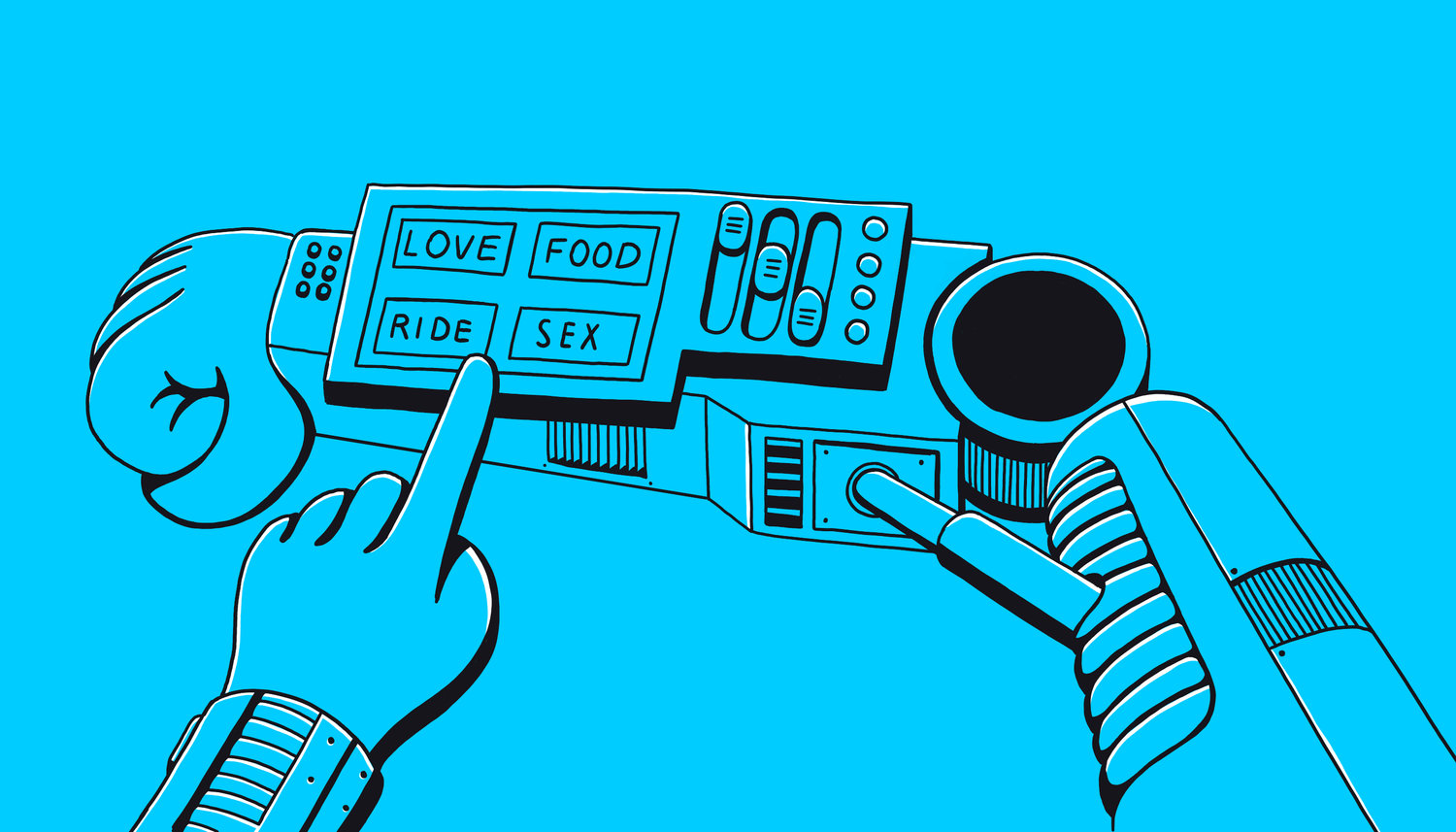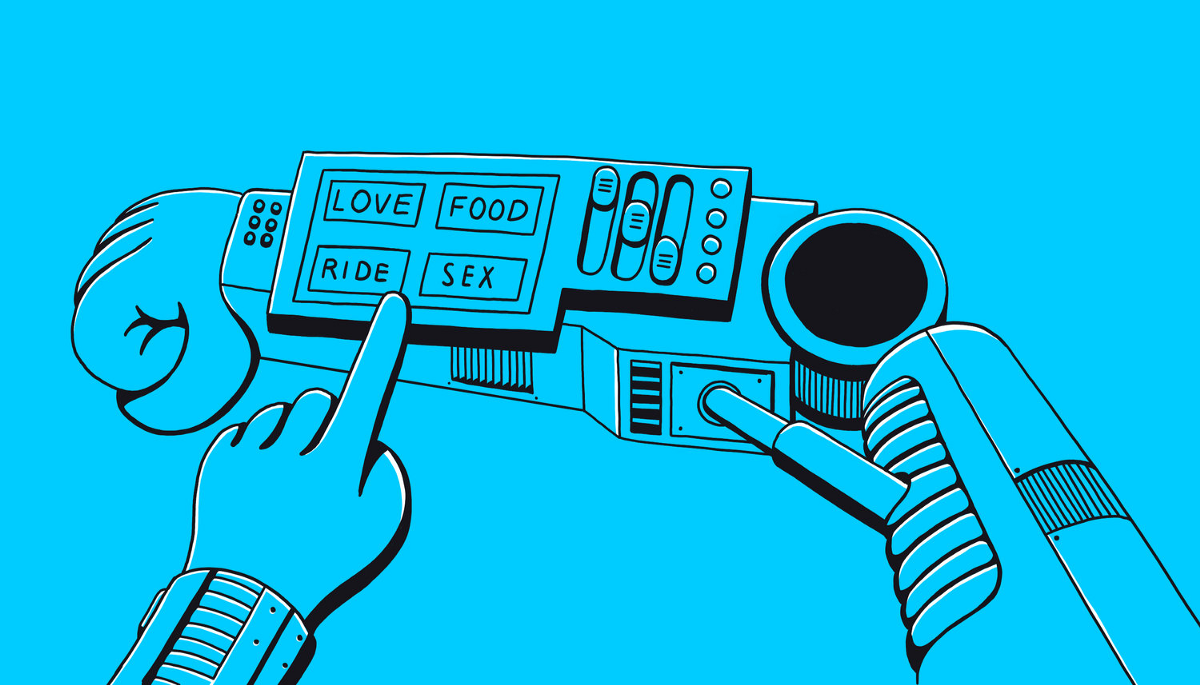2018 UX Trends

Illustrated by Fernando Bittar
Live streaming on social apps is growing fast. Snapchat puts everyone’s lives on the map and lets you follow your friends’ steps in real time. Messaging platforms, from Whatsapp to Intercom, allow businesses to have real-time (and automated) conversations with their customers. The constraints of tools, infrastructure and geographical barriers that used to limit or delay communication have fallen.
The only rule is that you have to share it. Live stream it. Now.
Why would I visit a museum exhibition if their camera restriction policies won’t allow me to share the experience with my friends? Why would I choose one friend to hang out with on a Friday night, if I can connect with all of them at the same time via Snapchat?
Slowly, physical spaces are being re-shaped in cities covered by wi-fi. Instagram is pushing restaurants to be colorful and irresistible to photographers. Augmented Reality is making mundane urban landscape something of your own. Hearts, laughs, and claps are taking over reality, giving the feedback and social confirmation we’ve gotten so used to expecting.

The Color Factory, in San Francisco, sets the stage for very likable Instagram shots (Source)
Expectations are changing fast.
- Health providers are already starting to offer video appointments 24/7 with a mere five-minute delay.
- Online dating apps connect people instantly, breaking social barriers and changing love’s demographics.
- Governments are expected to handle inquiries and address crisis with immediacy and transparency.
Sorry to be the ones to break the news: but users expect the same level of immediacy from the product or service you are working on right now. Endless product backlogs and feature requests that never go live can hurt your brand and frustrate your audience. Businesses need to drastically change to deliver value for users earlier, faster, and more clearly.
These expectations also carry over across channels. If your company is on Snapchat, it has to update and respond to users in the rhythm of the platform. If your website has a chatbot, it needs to know when to transition users to a customer service rep to better serve them.
In 2018, we have to step back and look at the full ecosystem that brands and users share, to define how the business can still be relevant in a world ruled and disrupted by immediacy. Anthropologists, ethnographers, and service thinkers have been researching these behavioral trends for some time. As a designer, how will you incorporate that thinking into the product you are working on right now?
